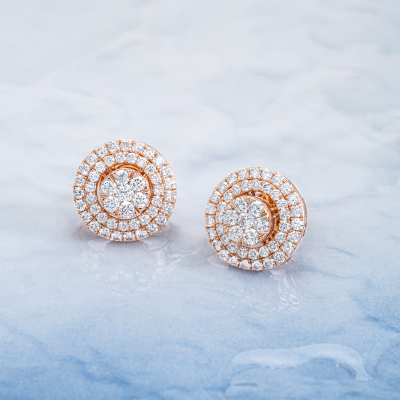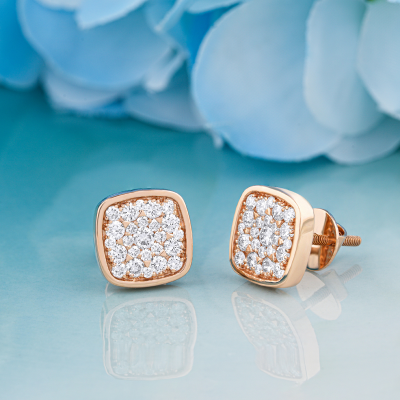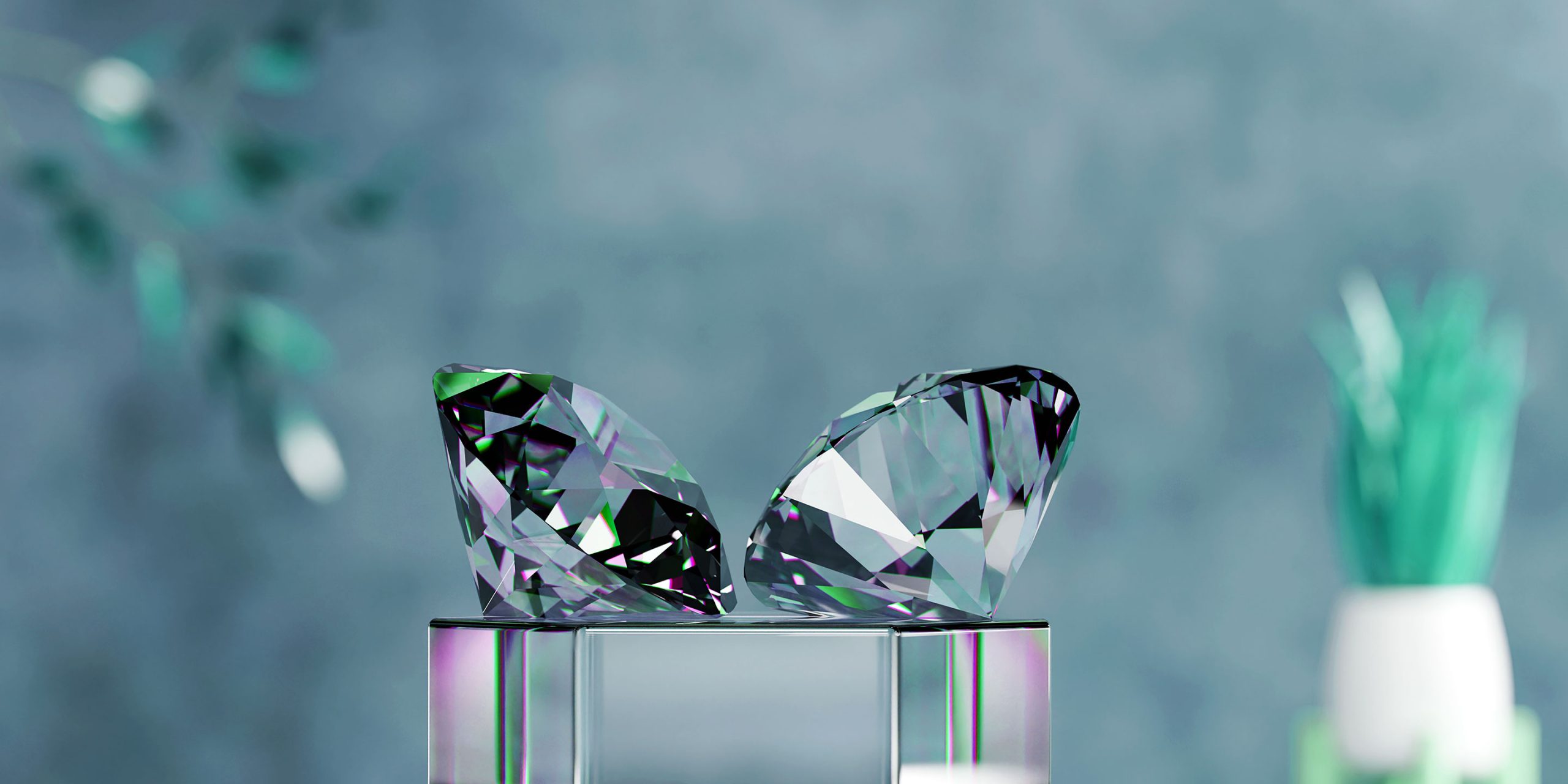Lab grown diamonds, also known as synthetic diamonds or cultured diamonds, have gained popularity as a more sustainable and ethical alternative to natural diamonds. These diamonds are produced in laboratories using cutting-edge technical techniques that replicate the production of diamonds naturally. While lab grown diamonds share many characteristics with natural diamonds, including their chemical composition and physical properties, there are some differences in terms of color grading and certification.
Color grading is an important aspect of diamond evaluation, as it determines the presence of any color within the diamond. The Gemological Institute of America (GIA), one of the leading diamond grading organizations, developed the International Diamond Grading System to assess the color of both natural and lab grown diamonds. This system employs a scale that ranges from D to Z, with D being the highest grade and representing a completely colorless diamond, and Z representing a diamond with a noticeable yellow or brown hue.
Lab grown diamonds, like natural diamonds, are subject to the same color grading scale. They can be graded as D, E, or F if they are completely colorless, or they may have a slight hint of color and be graded as G, H, I, or J. As the scale progresses from K to Z, the intensity of color increases. However, it’s important to note that color grading is a subjective process and can vary between different diamond grading laboratories.
Different color grades in lab grown diamonds
Grade D to F
These grades represent the highest color grades and are considered “colorless.” Lab-grown diamonds in this range exhibit little to no detectable color when viewed face-down under controlled lighting conditions. They are highly sought after for their exceptional brilliance and value.
Grade G to J
Diamonds in this range are classified as “near colorless.” While they may exhibit a slight hint of color, it is generally not noticeable to the untrained eye. These grades offer an excellent balance between quality and value, making them popular choices for engagement rings and other lab grown diamond jewellery pieces.
Grade K to M
Lab-grown diamonds in this range are classified as “faint” or “very light” yellow. The presence of yellow color becomes more noticeable compared to the near colorless range. However, it’s important to note that the intensity of the color is still relatively subtle, and these diamonds can offer an attractive option at a more affordable price point.
Grade N to Z
Diamonds in this range are classified as “light yellow” or “light brown.” The presence of color becomes more pronounced as the grading scale progresses. While some individuals may appreciate the warm tones and unique character of diamonds in this range, they are generally less desirable for those seeking a colorless or near colorless appearance.
Understanding VVS and VS Clarity Grades of Lab Grown Diamonds
In addition to color grading, clarity is another important aspect to consider when evaluating lab grown diamonds. Clarity refers to the existence of inclusions (internal flaws) and blemishes (external flaws) within a diamond. It determines the diamond’s visual purity. The Gemological Institute of America (GIA) uses a clarity grading scale to assess the visibility of these imperfections. VS (Very Slightly Included) and VVS (Very, Very Slightly Included) are two clarity grades commonly assigned to lab grown diamonds. These grades indicate that the diamond has minor inclusions that are difficult to see even under 10x magnification.
Lab grown diamonds with VS clarity have slight inclusions that may be visible only to a skilled grader under close examination. The inclusions, though typically invisible to the naked eye, have minimal impact on the diamond’s overall appearance. On the other hand, VVS clarity represents an even higher level of clarity, with diamonds that have very minute inclusions. These inclusions are extremely difficult to detect, even under 10x magnification. Like VS clarity diamonds, VVS clarity diamonds appear nearly flawless to the naked eye.
Choosing a clarity grade depends on personal preferences and budget considerations. VS and VVS clarity diamonds offer excellent value for their level of visual purity, and they are often favored for their exceptional brilliance and beauty.
Takeaway
Lab grown diamonds provide a sustainable and ethical option for those seeking exquisite jewelry. Understanding color grading is key, with D-F grades representing colorless diamonds and G-J grades offering near-colorless options. Additionally, clarity grades such as VS and VVS ensure minimal inclusions, resulting in exceptional brilliance and beauty.
At Ayaani Diamonds, we take pride in our specialization in VS and VVS lab grown diamonds. Our collection showcases the highest quality lab grown diamonds with stunning clarity, allowing you to find the perfect piece of jewelry that meets your preferences and values. With our commitment to sustainability and ethical practices, you can make a responsible choice without compromising on style or quality.










